
The 1990s was a decade that saw the Western genre evolve in exciting and unexpected ways. While Clint Eastwood’s Oscar winning masterpiece Unforgiven (1992) understandably looms large over the Western genre during this era, several lesser-known films quietly made their mark, offering captivating stories that have since slipped under the radar.
From methodical character studies to high-octane action, these underrated features may not have received the attention or praise they deserved upon release, but they offer a wealth of riches for those willing to seek them out.
Here, we shine a spotlight on ten 1990s Westerns you might not have seen, or perhaps that you simply need to revisit.
1. Thousand Pieces of Gold (1991)
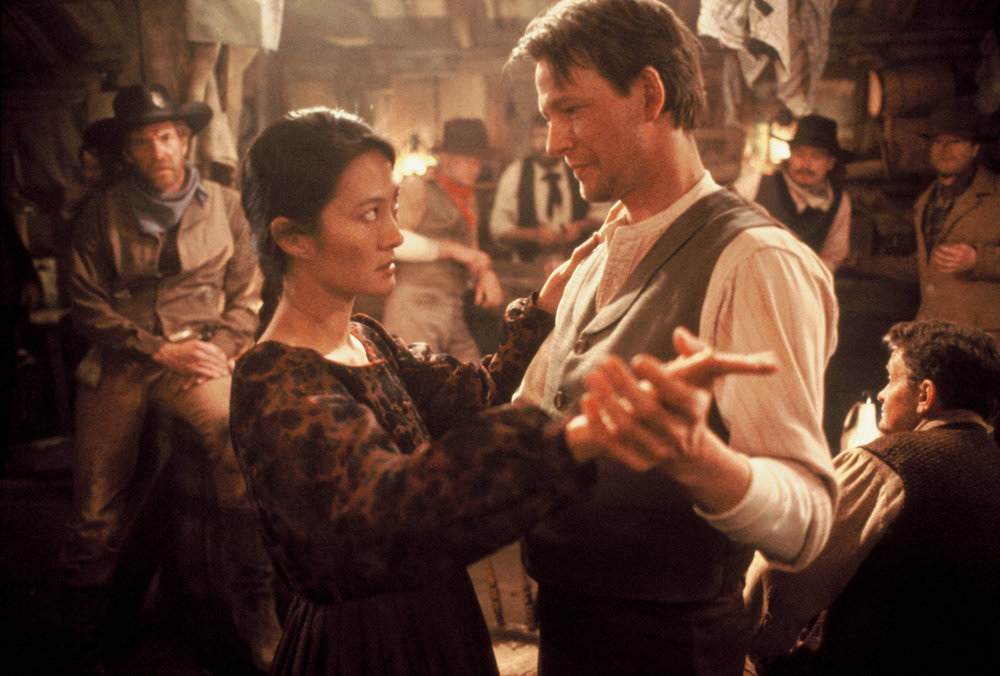
Although it didn’t trouble any box office records, Thousand Pieces of Gold tacitly carved out its own place as a poignant, overlooked classic. Directed by Nancy Kelly, the film chronicles the journey of Lalu (Rosalind Chao), a young Chinese woman who is sold into servitude in the American West.
Based on Ruthanne Lum McCunn’s novel, the story is a bleak one, dealing with a woman’s struggle in an unforgiving, male-dominated world. Lalu’s resilience in the face of appalling adversity is portrayed with real depth by Chao, who adds emotional weight to her character’s journey.
In addition to its strong central performance, the film showcases stunning cinematography, capturing the vast landscapes of the American West with breathtaking beauty. While it may have flown under the radar during its release, Thousand Pieces of Gold offers a unique viewpoint, one not often seen in traditional Western narratives, and worth watching for Chao’s performance alone.
2. El Mariachi (1992)

El Mariachi burst onto the scene in 1992 with a raw energy that would lay the foundation for a career-defining trilogy by director Robert Rodriguez. Made for a staggeringly low budget of just $7,000, El Mariachi tells the story of a wandering musician (Carlos Gallardo) who becomes involved in a violent conflict between rival criminals.
Despite the lack of financial resources, Rodriguez manages to craft an intense, action-packed film that blends traditional Western themes with a fresh Latino stance. El Mariachi’s action is fast-paced, and the performances (particularly from Gallardo) manage to add real nuance to the unfolding carnage, resulting in a film that has more depth than you might think at first glance.
The mix of humour, violence, and passion reflects Rodriguez’s unique filmmaking style, in a film that he arguably never bettered. El Mariachi ended up being the first in a trilogy, with Desperado (1995) and Once Upon a Time in Mexico (2003) yet to come, but remains feasibly the best of the three.
Rodriguez’s film deserves recognition not just as a standout in independent cinema, but as a boundary-pushing Western that successfully merges cultural identity with genre tropes in a way that feels both innovative and thrilling to this day.
3. Thunderheart (1992)

Blending elements of the Western genre with a politically charged narrative, Thunderheart is an often-overlooked gem of the 1990s. Directed by Michael Apted, who went on to helm a Bond film (1999’s The World is Not Enough) the film follows Ray Levoi (Val Kilmer), an FBI agent who is sent to a Native American reservation to investigate a series of violent incidents.
What makes Thunderheart a whole heap more interesting is Levoi’s own Native American heritage, which forces him to confront both his professional responsibilities and his growing empathy for the oppressed people he is meant to be investigating. Thunderheart’s exploration of Native American identity and its critique of the U.S. government’s treatment of indigenous people came at a time when such a political debate was hardly at the forefront of people’s minds, due to a media and political driven narrative.
Kilmer’s portrayal of Levoi is superb, capturing the struggle between his two identities with complexity and authenticity. The film is also notable for its stunning cinematography, particularly in the portrayal of the vast, South Dakota landscape, which plays on the idea of isolation and disillusionment. With its focus on moral conflict and its depiction of real-life struggles of Native American, Thunderheart remains one of the great underseen alternative Westerns.
4. Maverick (1994)
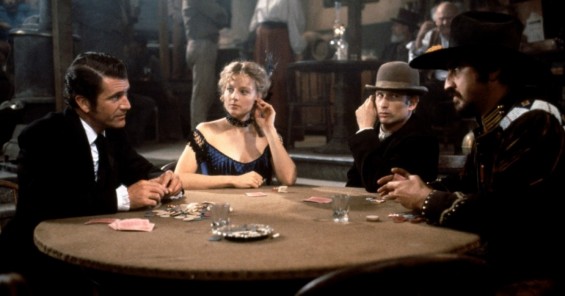
In a genre often filled with serious, brooding characters, Maverick injects a much-welcome dose of humour and charm into the Western formula. Directed by Richard Donner, the film is a light-hearted romp based on the classic TV series. Mel Gibson stars as the titular Bret Maverick, a poker player and conman who finds himself roped into a high-stakes card game. Alongside him are Jodie Foster as Annabelle and James Garner, who reprises his role from the original TV series.
What makes Maverick stand out is its well written wit and humour, downing the tools of a traditional genre piece, splicing character-driven action and comedy. Gibson’s charm and Foster’s sharp wit complement each other perfectly, creating an enjoyable and breezy adventure that never takes itself too seriously. Donner had worked with Gibson on the hugely successful Lethal Weapon series (1987-1998) so it’s not really a surprise to see the style of that franchise working so effectively in such a setting.
Though the film certainly has its share of action and suspense, it is the quirky, light-hearted moments that make Maverick so memorable; and despite the fact it’s admittedly a rather well known Western, it’s a much better and efficient film than many give it credit for.
5. Dead Man (1995)
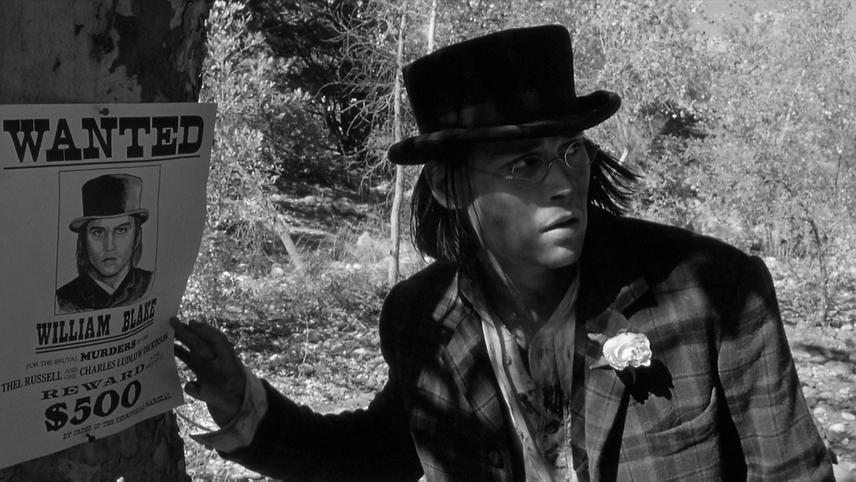
Shot in haunting black-and-white and set against the desolate backdrop of the American frontier, Jim Jarmusch’s Dead Man is an exploration of mortality, spirituality, and the human condition. Johnny Depp plays William Blake, an accountant who ventures west to start a new life, only to find himself caught in a web of violence and chaos.
As he spirals deeper into his own existential crisis, Blake encounters a series of strange characters, including Native American Gary Farmer, who becomes his reluctant guide. What makes Dead Man a cut above its unfortunate place in the cinematic wilderness is its deliberate pacing and differing approach to the genre. Dead Man isn’t interested in your average action sequences or gunfights that frequently pepper Westerns; instead, it deals in more philosophical debates and the nature of the self. Depp’s performance is quietly compelling, capturing the mental torture of a man who is visibly aware of his own mortality.
The film’s haunting, minimalist score by Neil Young adds to its surreal atmosphere, making Dead Man a unique and contemplative entry in the Western genre. Though Dead Man has garnered somewhat of a cult following in the years since its release, it remains a film that was never seen by the wider audience it deserved.
6. The Quick and the Dead (1995)
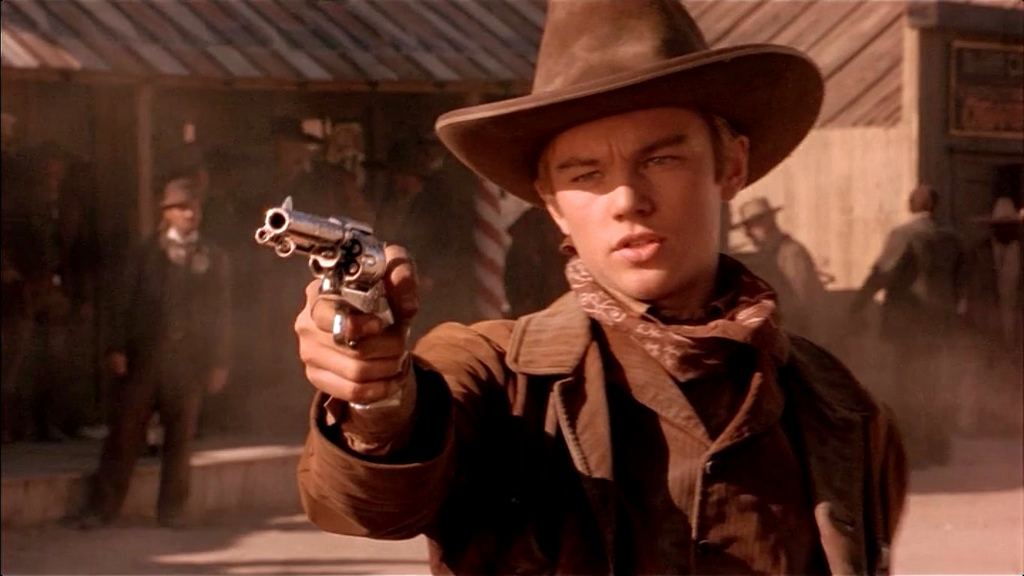
Sam Raimi’s The Quick and the Dead is a stylish, fast-paced Western that remains Raimi’s only sojourn into the genre. With a cast that includes Sharon Stone, Gene Hackman, Russell Crowe, and Leonardo DiCaprio, the film offers a fresh take on the classic gunfighter story.
Set in a dusty frontier town, the plot centres around a deadly quick-draw competition where the best gunslingers come to test their mettle against the best. Stone plays Ellen, a mysterious woman seeking revenge on the ruthless town boss, Herod (Hackman), who rules with an iron fist. The Quick and the Dead manages to balance action with psychological complexity, and Raimi, better known for his horror output, infuses the film with a sense of urgency and excitement, while still allowing for moments of character introspection.
Although The Quick and the Dead at first glance might seem like your average Western with a great guest list, it throws out many of the usual tropes in favour of a more thoughtful methodology. Sharon Stone delivers a standout performance, bringing both grit and vulnerability to her role (much like her performance in Scorcese’s Casino the same year), while Hackman’s portrayal of Herod is chilling in its quiet menace. While Raimi’s over-the-top style may not be for everyone, The Quick and the Dead is a fun, genre-bending piece that stands out as one of the more unique Westerns of the 1990s, and whose nuances are often lost in the dust.
7. Lone Star (1996)
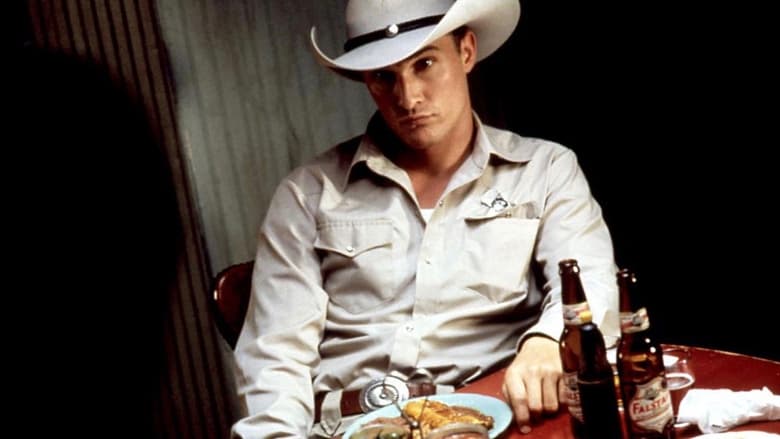
Directed by John Sayles, Lone Star is set in a small Texas border town, where the discovery of a long-buried skeleton sparks a series of revelations about the town’s history and its residents. As Sheriff Sam Deeds (Chris Cooper) investigates the mystery, he uncovers a tangled web of racial tensions, family secrets, and old wounds that have shaped the community.
The film is utterly compelling in the way it balances the ideas of frontier justice with a troublesome yet accurate portrayal of modern-day issues. Sayles also tackles the complicated relationship between the U.S. and Mexico, touching on themes of immigration, prejudice, and the lingering effects of the past.
Although it provides an intoxicating sense of setting, the film exists within its characters, with an outstanding performance from Cooper, who’s more than ably supported by Matthew McConaughey and Kris Kristofferson.
Lone Star provides a low-key contemplation on political and racial themes but also finds space for a touching love story which contributes a more intimate addition to the narrative, resulting in a slow-burn mystery that rewards patience and provides a fresh perspective on the Western genre.
8. The Shooter (1997)

The Shooter (also known as Deadly Shooter) is a lesser known but highly enjoyable action-packed Western, directed by Fred Olen Ray. The film follows a skilled sharpshooter, known simply as the Shooter (Ted Prior), who is hired by a local lawman to track down and eliminate a group of bandits terrorizing the land.
Although clearly not an original set-up, Ray’s film knows exactly what it is. Shooter becomes entangled in a battle of wits and bullets, navigating betrayal, redemption, and his own personal demons.
Ted Prior brings a surprising authenticity to his role as the lone gunslinger, and the film’s simple premise and straightforward direction keep the pace fast and engaging. The story is possibly as far from groundbreaking as you can get in this genre, but it manages to tap into the core themes of the Western: justice, vengeance, and the tension between civilization and the lawless frontier.
What The Shooter may lack in complexity and nuance, it makes up for with sheer entertainment value, and while it’s certainly not a grand, sweeping epic, it offers plenty of thrilling moments and enjoyable action that result in a rather entertaining entry in the Western genre (even if it is essentially a B-movie) and one that is unfairly dismissed.
9. The Hi-Lo Country (1998)

Directed by Stephen Frears, The Hi-Lo Country is an atmospheric Western that offers a subtle look at friendship, love, and loyalty in the rugged terrain of New Mexico.
Set in the years following World War II, the film stars Billy Crudup and Woody Harrelson as two cowboys who struggle to maintain their way of life as they’re forced to adjust to the changing times.
The film’s slow, deliberate pacing allows for a deep exploration of its characters and the cultural shifts of post-war America. The relationship between Harrelson’s Pete and Crudup’s Big Boy is the heart of the film, and their contrasting personalities—Pete’s rebellious, rugged nature versus Big Boy’s more contemplative, sensitive side—give us a dynamic which drives the feature and gives it a real sense of purpose.
Lovingly shot with heart-felt performances from the impressive cast as their characters face the inevitable passage of time, The Hi-Lo Country was met with hugely mixed reviews upon its release; but it’s a Western that lingers in the mind long after the credits roll, providing a bittersweet reflection on the end of an era.
10. The Newton Boys (1998)
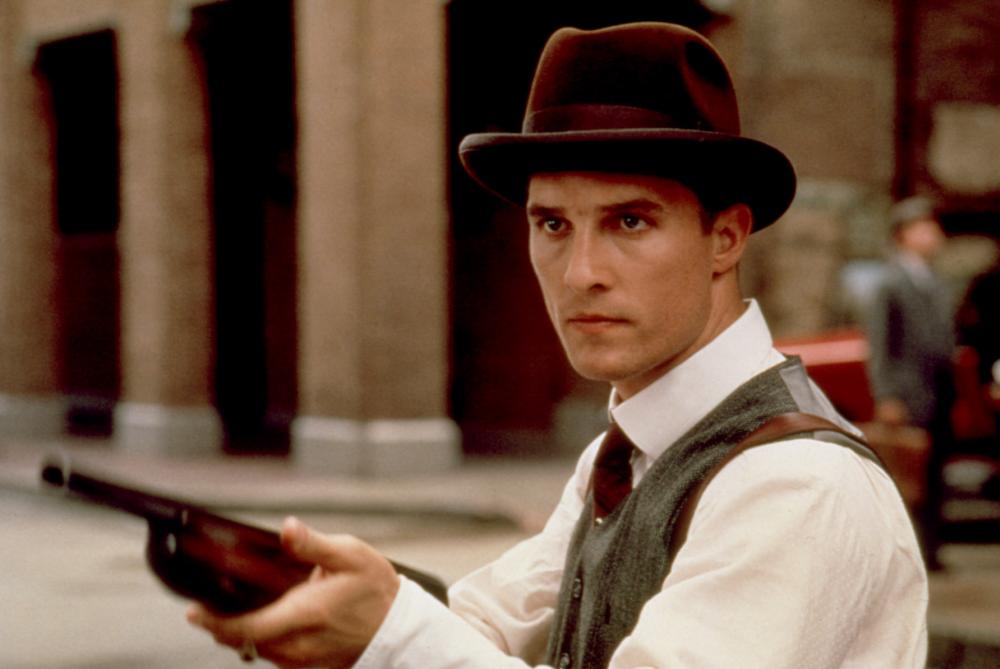
The Newton Boys is a more frolicsome, stylish take on the Western genre, focusing on the true-life exploits of a gang of bank robbers. Directed by Richard Linklater of all people, this feels about as far from something like the Before Trilogy (1995-2013) or Boyhood (2014) as it’s possible to get.
Based on the story of the Newton family in the early 20th century, the film follows the Newton brothers, a group of good-natured and highly skilled criminals who commit a series of daring heists, becoming notorious for being among the most successful bank robbers in American history.
What makes The Newton Boys stand out is its tone—while it deals with crime and lawlessness, it’s not a dark, brooding affair- like for example, Michael Mann’s Public Enemies (2009) or John Milius’s Dillinger (1974). Instead, it’s a fun, light-hearted adventure that blends action with moments of humour and camaraderie. The film’s cast, including Matthew McConaughey, Linklater regular Ethan Hawke, and Skeet Ulrich, bring charm and energy to their roles, creating a sense of jovial freneticism that keeps the film buoyant throughout.
The Newton brothers are portrayed as likable antiheroes, rather than villains in what sometimes feels like a larger-than-life adventure, often calling to mind Bugsy Malone (1976). While many have slated the film for its carefree attitude towards the real-life criminal activity and violence of the gang, Linklater’s approach successfully merges a blend of crime and comedy, producing a film that is far better than it’s given credit for.
